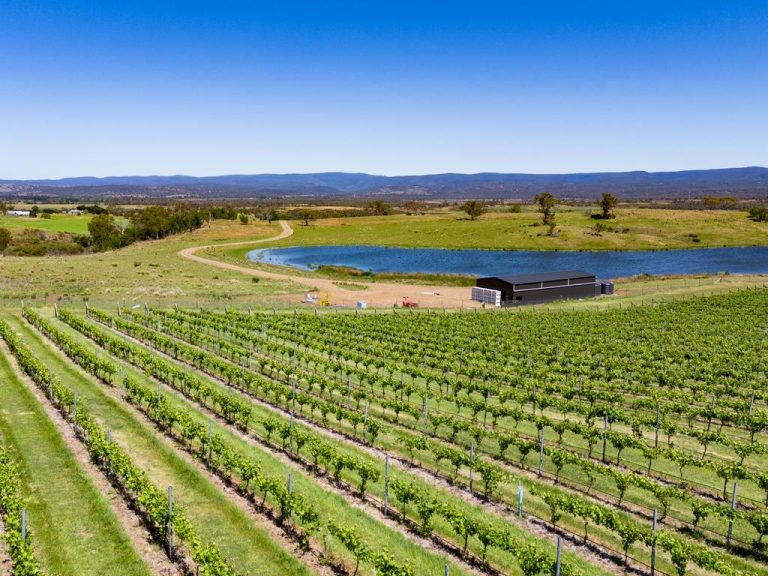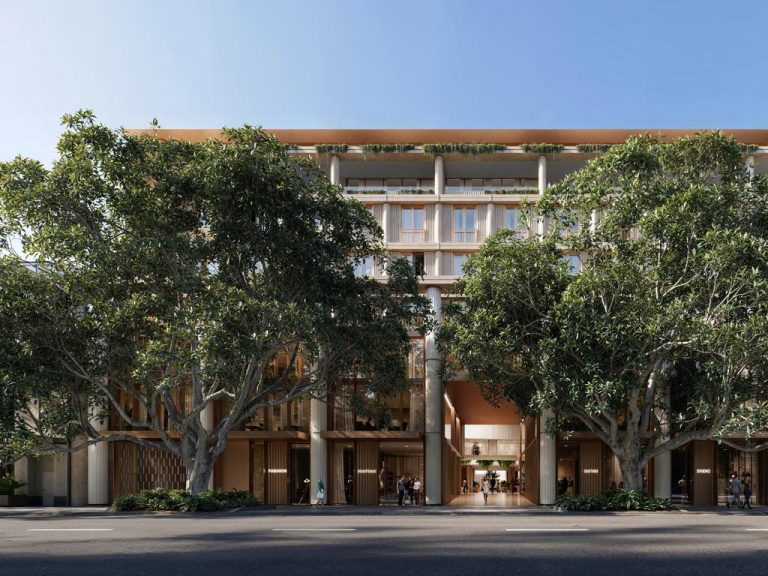Is the business case for green buildings more than hot air?

With the release of the IPCC report this week, there’s bound to be yet more debate about the environment, global temperatures and sustainability. Paul Thornhill investigates whether building green pays off.
For commercial property owners, sustainability has been a recurring theme for more than a decade – and according to Romilly Madew, this trend is more about money than climate change per se.
The Chief Executive of the Green Building Council of Australia told RealCommercial, “We’re not an activist group, we’re an industry association. That’s why we’re welcoming people like Tanya Cox (Dexus), Mark Steinert (Stockland) and Mark Grey (Leighton) onto our board.”
“Owning a green rated building is about future proofing your asset and reducing its liabilities so you get a better financial outcome.”
So what is a green building? The green star rating system goes beyond the NABERS (National Australian Built Environment Rating System) rating of energy consumption to also consider factors like water use, transport and interior design.
And the property industry is paying attention. For a start, to be listed as a Premium or A rated building by the Property Council of Australia, a commercial building has to have a green rating. But what tenants are finding is that green buildings have a significant impact on employee productivity and property expenses.
Take the new Macquarie Bank headquarters at Shelley Street, Sydney. A recent University of Technology Sydney study found a 15% improvement in productivity after the merchant bank moved into its new green rated premises.
Why? Mainly because green friendly features like natural light, fresh air and the removal of office partitions and walls have also been shown to improve employee morale.
On the expense side, green buildings produce 62% fewer greenhouse emissions primarily because they consume 66% less power than the average Australian building. That’s a pretty important saving when we consider that power prices have doubled in the last 5 years.
Madew makes the point that it’s the combination of employee productivity gains with energy savings that makes the biggest impact.
“IPD and GBCA looked at the total return of green rated buildings and they averaged 10.8% a year compared with 9.4% for an unrated building. We should also keep in mind that the NABERS rating will include IT facilities from 2015 and data centres just guzzle power.”
Anthony Violi, Managing Director of Melbourne data centre specialist, Fusion is finding more of his clients focused on IT power consumption of late. “Maybe it’s the fallout from the carbon tax debate, but all of our clients are reviewing their property related expenses,” he told RealCommercial. “It’s a smart thing to do because we find IT typically accounts for 25% – 30% of a company’s electricity bill.”
“With the right design and some environment friendly applications, we can reduce a data centre’s power consumption by around 30%.”
So it seems that owning a green building is all about the colour of your money, not your politics.








